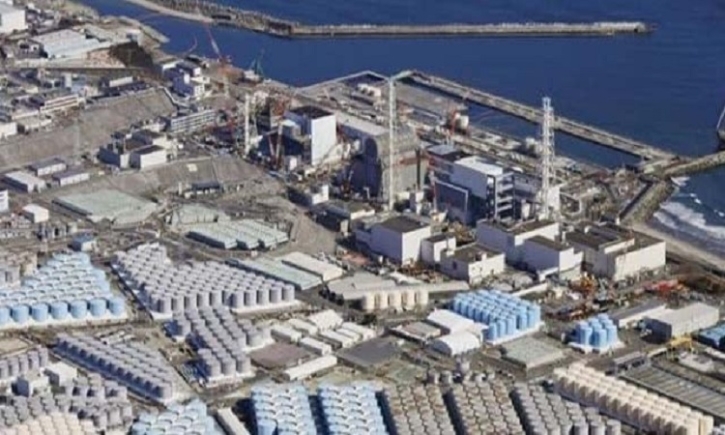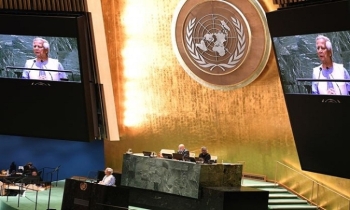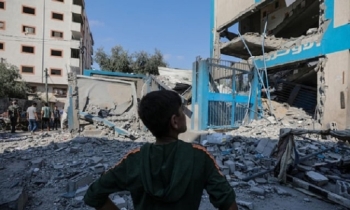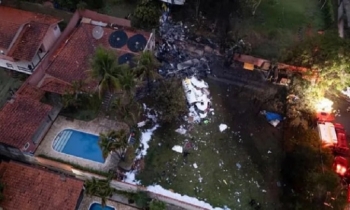Three-metre tsunami recorded at Japan nuclear plant after quake
BI Desk || BusinessInsider

Photo: Collected
Three-metre (10-foot) tsunami waves were recorded at, but did not damage, a nuclear plant in Japan in the recent earthquake, its operator told AFP on Wednesday more than a week after the incident.
The revelation served as a reminder of the risks associated with nuclear power in Japan 13 years after a tsunami wrecked the Fukushima facility in one of the world's worst atomic disasters, reports BSS/AFP.
The 7.5-magnitude jolt on New Year's Day and its powerful aftershocks killed at least 203 people in the central Ishikawa region, flattening houses, wrecking infrastructure and leaving thousands without power.
A tsunami as high as one metre was registered near the Shika plant shortly after 4:30 pm (0730 GMT) on January 1, roughly 20 minutes following the original quake, Hokuriku Electric Power said.
"Our analysis has indicated that waves as high as three metres came around 17:45," a spokesman for the utility told AFP.
The plant is 11 metres above sea level and is also protected by a four-metre seawall built after the 2011 Fukushima accident, he said, stressing the safety of the Shika plant.
The analysis of the tsunami became available after Hokuriku Electric collected data from an offshore measuring device that had stopped transmitting its records after the quake.
Minor damage was reported at other nuclear plants along the Sea of Japan shoreline after the earthquake, including leaks of water used to cool nuclear fuel and a partial power shutdown at one plant.
The plant operators said there was no danger of damage to the environment or the nuclear power stations themselves.
Japan, one of the world's most earthquake-prone countries, took its more than 30 nuclear reactors offline after the 2011 disaster but around a dozen are now back in operation.
In total, 68 people still remained unaccounted for late Tuesday after the January 1 quake, according to local authorities.
Almost 3,500 people were still stuck in isolated communities, with almost 30,000 in government shelters, almost 60,000 households without running water and more than 15,000 without electricity.
























